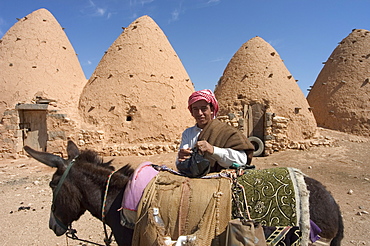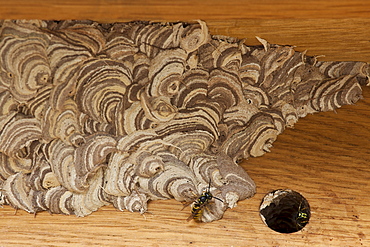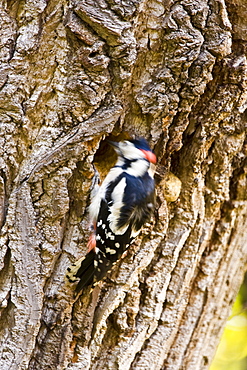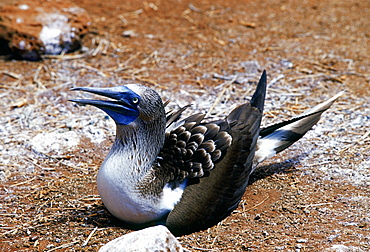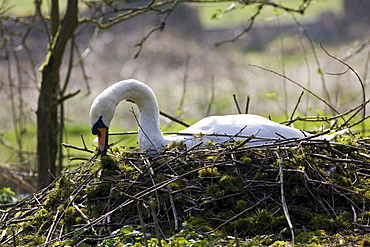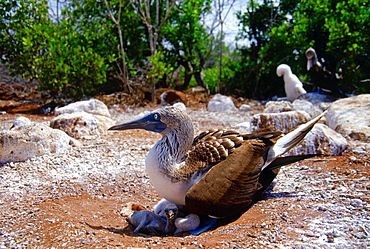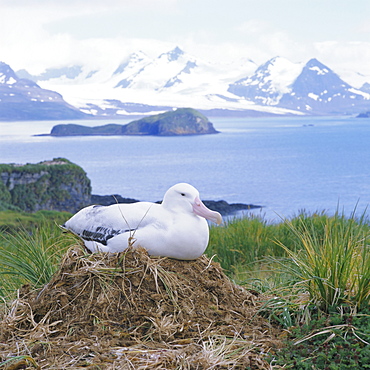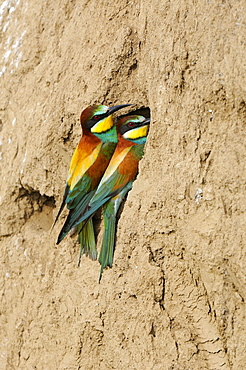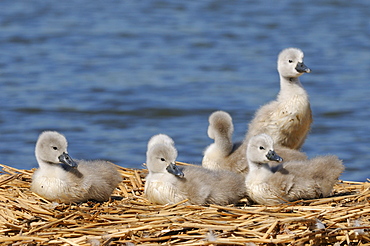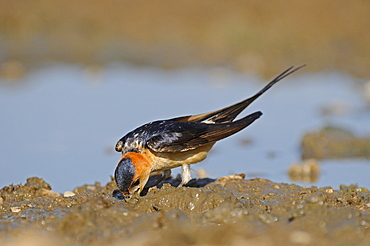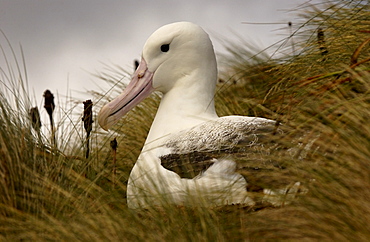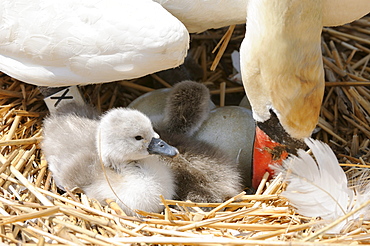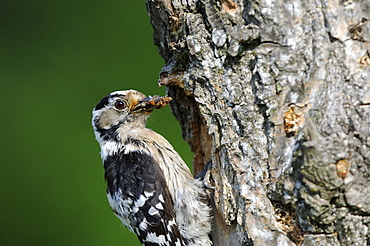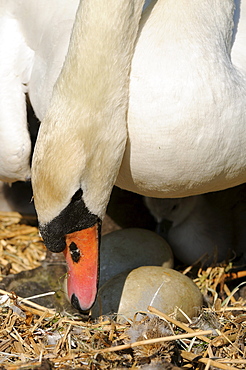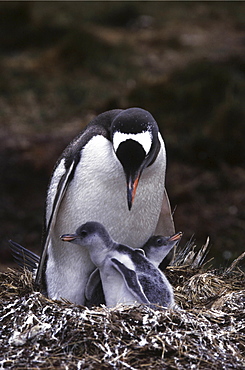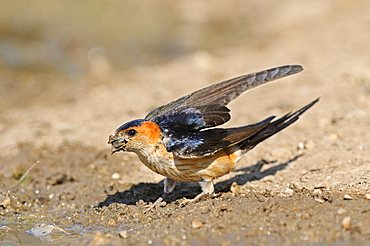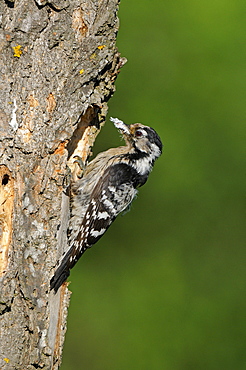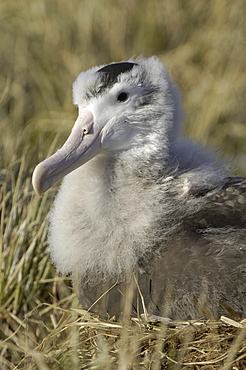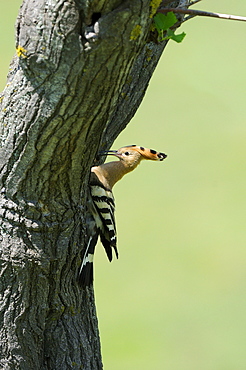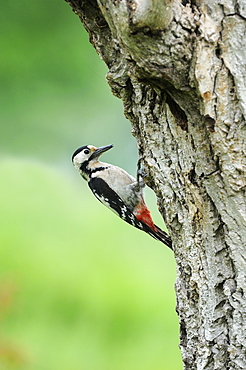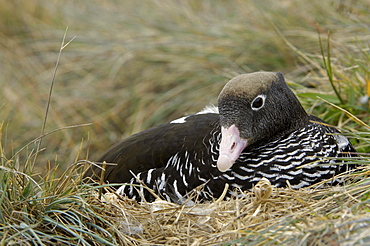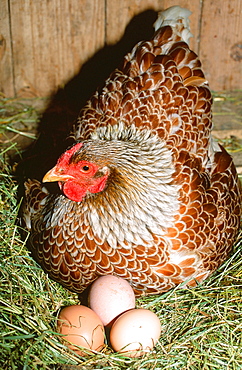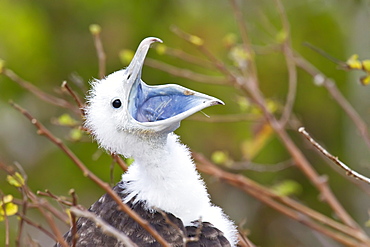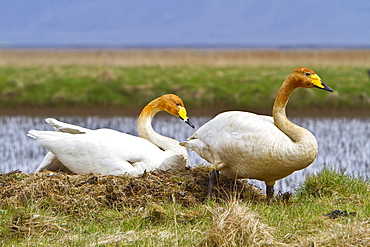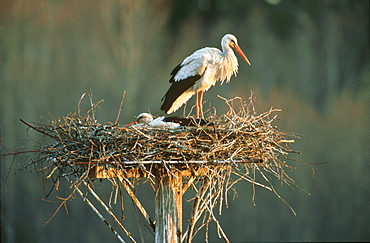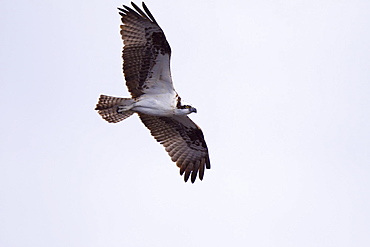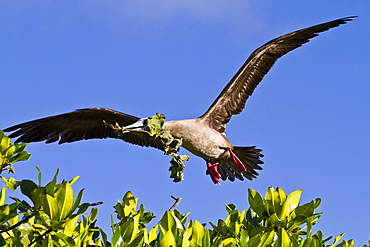Results
« Previous 1 2 3
219 results found
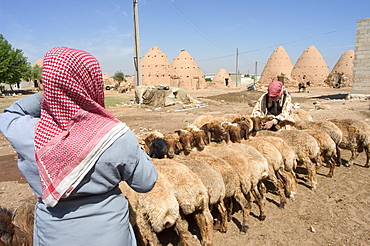
Sheep being milked in front of beehive houses built of brick and mud, Srouj village, Syria, Middle East

Moorhen's nest, with seven eggs laid, made with twigs among iris plants in a pond in Swinbrook, the Cotswolds, Oxfordshire, UK
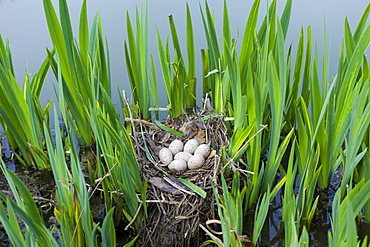
Moorhen's nest, with seven eggs laid, made with twigs among iris plants in a pond in Swinbrook, the Cotswolds, Oxfordshire, UK
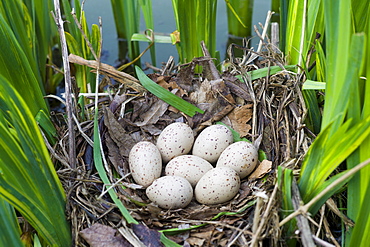
Moorhen's nest, with seven eggs laid, made with twigs among iris plants in a pond in Swinbrook, the Cotswolds, Oxfordshire, UK
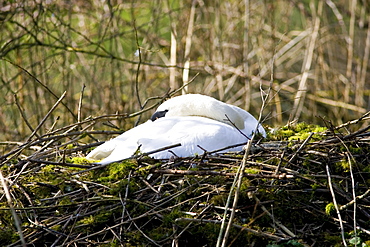
Female mute swan asleep on nest of moss and twigs, Donnington, Gloucestershire, The Cotswolds, England, United Kingdom
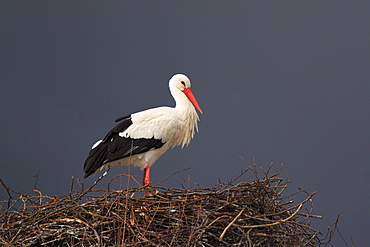
White stork, stork, ciconia ciconia, weissstorch, storch, female standing in its nest, spring, oetwil am see, zuerich, switzerland

White stork, ciconia ciconia, couple standing in its nest, courtship, spring, oetwil am see, zuerich, switzerland
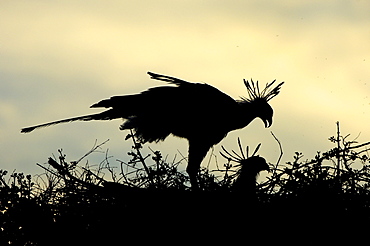
Secretarybird (sagittarius serpentarius) masai mara, kenya, male and female on nest, in silhouette at sunset.
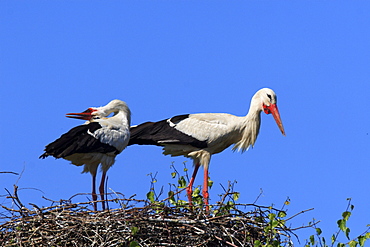
White stork, stork, ciconia ciconia, weissstorch, storch, couple standing in its nest, courtship, spring, oetwil am see, zuerich, switzerland
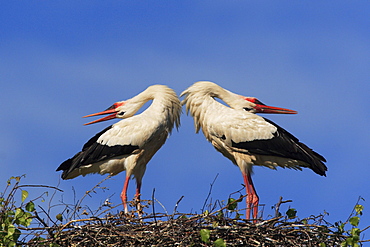
White stork, stork, ciconia ciconia, couple standing in its nest, courtship, spring, oetwil am see, zuerich, switzerland
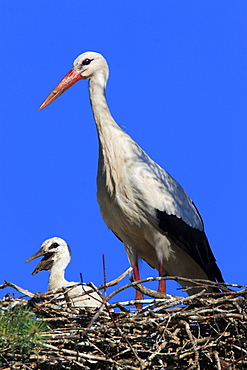
White stork, stork, ciconia ciconia, mother and young standing in nest, spring, oetwil am see, zuerich, switzerland

Black-browed albatross (diomedea melanophoris) falkland islands, sat on nest, showing egg and colony behind

Syrian Woodpecker (Dendrocopos syriacus) female with food,perched at entrance to nest hole, Bulgaria

White stork, stork, ciconia ciconia, weissstorch, storch, mother and young standing in nest, spring, oetwil am see, zuerich, switzerland
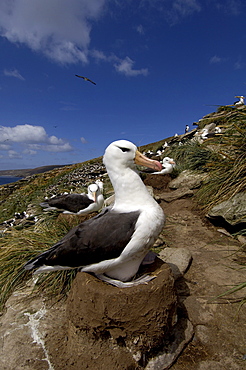
Black-browed albatross (diomedea melanophoris) falkland islands, sat on nest. view of colony behind.
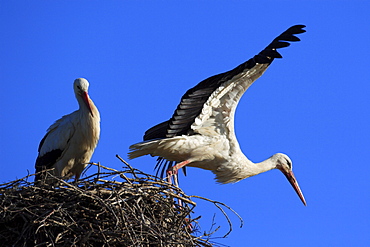
White stork, ciconia ciconia, couple standing in its nest, spring, oetwil am see, zuerich, switzerland
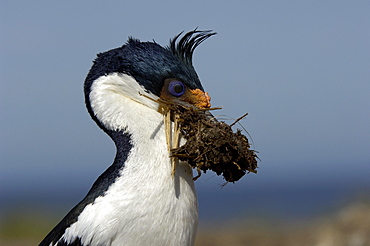
King cormorant (phalacrocorax atriceps) also known as cormorant or blue-eyed shag, falkland islands, adult gathering nesting in its beak.
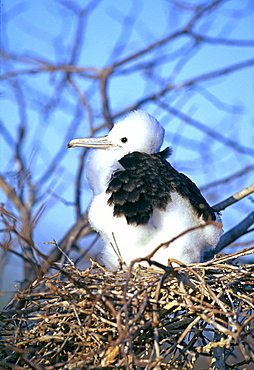
Magnificent frigatebird (Fregata magnificens) chick in nest, Galapagos Islands, Ecuador, South America
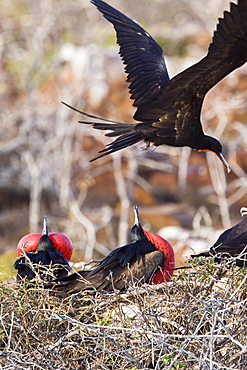
Adult male great frigate bird (Fregata minor) with inflated gular on North Seymour Island in the Galapagos Island Group, Ecuador
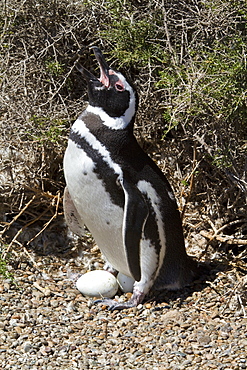
Magellanic penguins (Spheniscus magellanicus) at a breeding and molting site in Estancia San Lorenzo on Peninsula Valdez, Patagonia, Argentina, South Atlantic
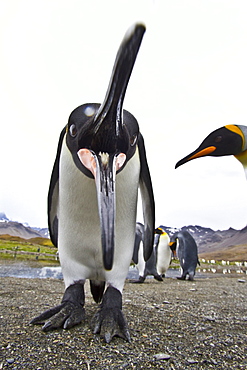
Curious king penguin (Aptenodytes patagonicus) breeding and nesting colony at St. Andrews Bay on South Georgia, Southern Ocean.
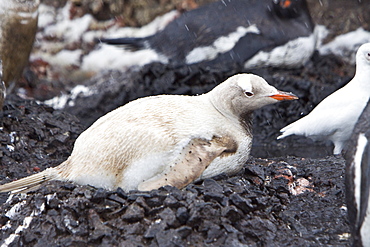
An adult Leucistic Gentoo penguin (Pygoscelis papua) nesting and incubating two eggs at Gabriel Gonzales Videla Research Station, Antarctica
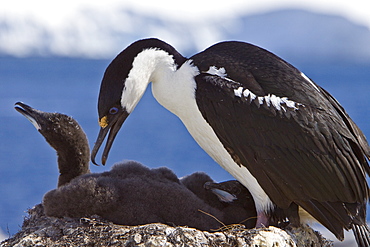
Adult Antarctic Shag, (Phalacrocorax (atriceps) bransfieldensis) from breeding colony on the Antarctic Peninsula
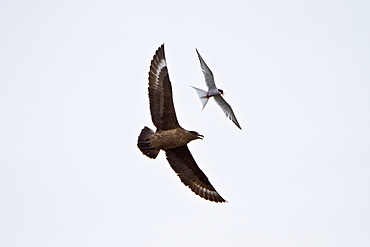
Adult great skua (Stercorarius skua) being dive-bombed by defensive arctic terns (Sterna paradisaea) guarding their nest sites in the Svalbard Archipelago, Norway
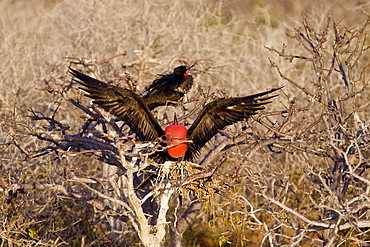
Adult male great frigate bird (Fregata minor) with inflated gular on North Seymour Island in the Galapagos Island Group, Ecuador

Adult red-footed booby (Sula sula) returning to the nest site with nest building material in the Galapagos Island Archipelago, Ecuador
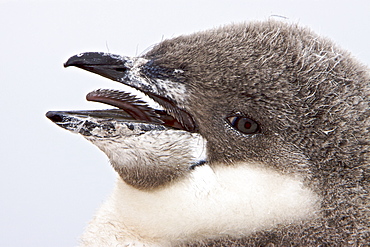
Chinstrap penguin (Pygoscelis antarctica) chick head detail at colony on Useful Island near the Antarctic Peninsula. There are an estimated 2 million breeding pairs of chinstrap penguins in the Antarctic peninsula region alone, perhaps as many as 7.5 million breeding pairs in all of Antarctica. Their name derives from the narrow black band under their heads which makes it appear as if they are wearing black helmets, making them one of the most easily identified types of penguin. Other names for them are "Ringed Penguins", "Bearded Penguins", and "Stonecracker Penguins" due to their harsh call. They grow to 68 cm (27 in). The average adult weight of a Chinstrap Penguin is 4.5 kg (10 lbs). Weight can range from 3 to 6 kg (6.6-13.2 lbs), with males being slightly larger and weight varying based on where the penguin is in the breeding cycle. Their diet consists of krill, shrimp, and fish. On land they build circular nests from stones, and lay two eggs, which are incubated by both the male and the female for shifts of five to ten days. They can also breed on icebergs, though they prefer non-icy conditions. The chicks hatch after about 35 days, and have fluffy gray backs and white fronts. The chicks stay in the nest for 20?30 days before they go to join a creche. At around 50?60 days old, they moult, gaining their adult plumage and go to sea. The Chinstrap Penguin was first described by German naturalist Forster in 1781. Its specific epithet was often seen as antarctica, however a 2002 review determined the genus Pygoscelis was masculine, and hence the correct binomial name is Pygoscelis antarcticus.

Wild Slaty-backed Gull (Larus schistisagus) , nesting, Tyuleniy Island, Russia, Asia MORE INFO: Gulls circle the Kittywakes colony in hope that if they fly, the gulls can swoop in and grab their exposed eggs

King penguin (Aptenodytes patagonicus) adult and chick at breeding and nesting colony at Salisbury Plains in the Bay of Isles, South Georgia, Southern Ocean.
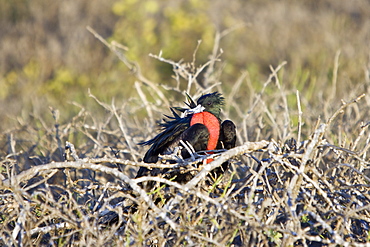
Adult male great frigate bird (Fregata minor) with inflated gular on North Seymour Island in the Galapagos Island Group, Ecuador
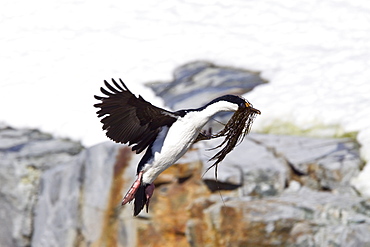
Adult Antarctic Shag, (Phalacrocorax (atriceps) bransfieldensis) from breeding colony on the Antarctic Peninsula
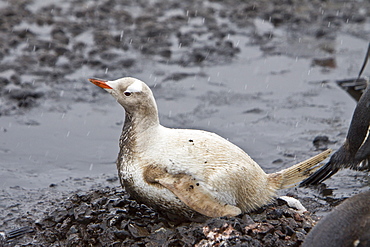
An adult Leucistic Gentoo penguin (Pygoscelis papua) nesting and incubating two eggs at Gabriel Gonzales Videla Research Station, Antarctica
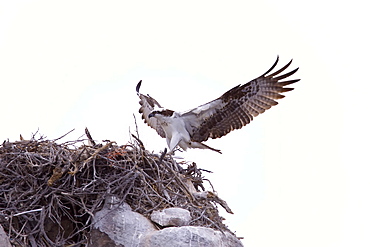
Adult osprey (Pandion haliaetus) on nest at Isla Rasa in the Gulf of California (Sea of Cortez) Baja California Sur, Mexico.
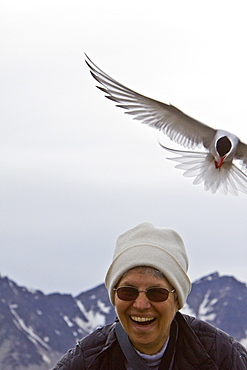
Adult arctic tern (Sterna paradisaea) defending a nest site from encroaching human on Spitsbergen Island in the Svalbard Archipelago, Norway

An adult Leucistic Gentoo penguin (Pygoscelis papua) nesting and incubating two eggs at Gabriel Gonzales Videla Research Station, Antarctica
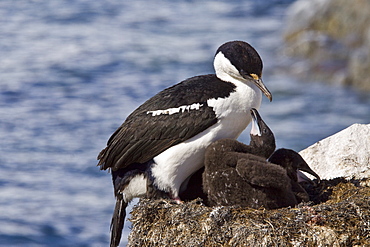
Adult Antarctic Shag, (Phalacrocorax (atriceps) bransfieldensis) from breeding colony on the Antarctic Peninsula
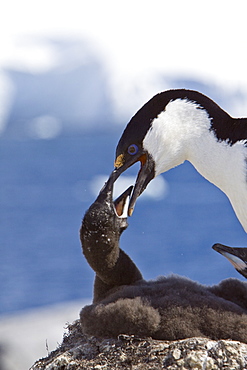
Adult Antarctic Shag, (Phalacrocorax (atriceps) bransfieldensis) from breeding colony on the Antarctic Peninsula
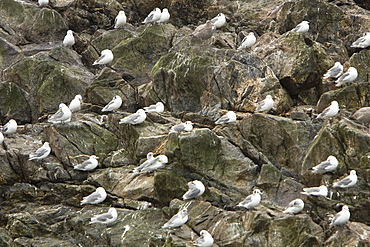
Black-legged Kittiwakes (Rissa tridactyla) on nesting cliffs at the South Marble Islands in Glacier Bay National Park, Southeast Alaska, USA

Br�ï�¿�½�Ã�·nnich?s guillemot (Uria lomvia) breeding and nesting site at Cape Fanshaw in the Svalbard Archipelago, Barents Sea, Norway
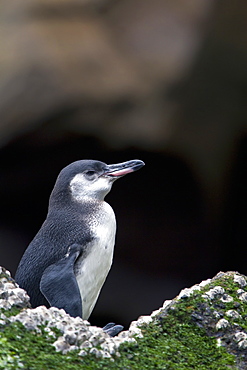
Galapagos penguin (Spheniscus mendiculus) hauled out on Isabela Island in the Galapagos Island Archipelago, Ecuador
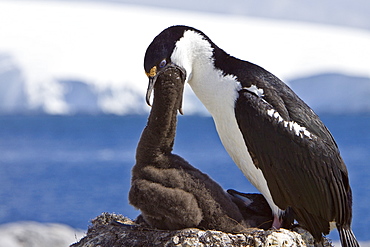
Adult Antarctic Shag, (Phalacrocorax (atriceps) bransfieldensis) from breeding colony on the Antarctic Peninsula
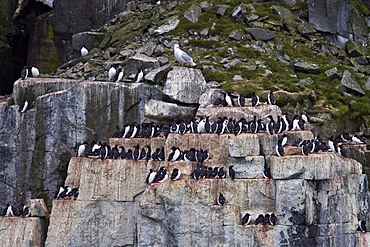
Bruennichs guillemot (Uria lomvia) breeding and nesting site at Cape Fanshaw in the Svalbard Archipelago, Barents Sea, Norway
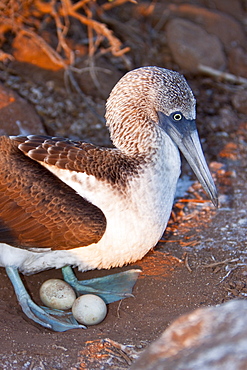
Blue-footed booby (Sula nebouxii) adult on eggs in the Galapagos Island Group, Ecuador. MORE INFO: The Galapagos are a nesting and breeding area for blue-footed boobies.
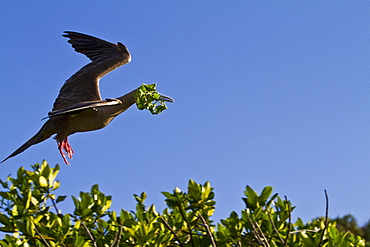
Adult red-footed booby (Sula sula) returning to the nest site with nest building material in the Galapagos Island Archipelago, Ecuador
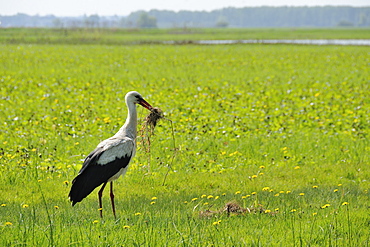
White stork (Ciconia ciconia) adult collecting nest material on Narew marshes in spring, Podlaskie, Poland.
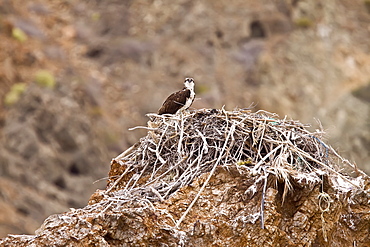
Adult osprey (Pandion haliaetus) on nest at Isla Rasa in the Gulf of California (Sea of Cortez) Baja California Sur, Mexico.
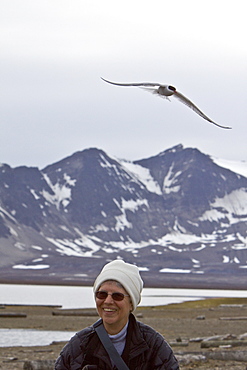
Adult arctic tern (Sterna paradisaea) defending a nest site from encroaching human on Spitsbergen Island in the Svalbard Archipelago, Norway
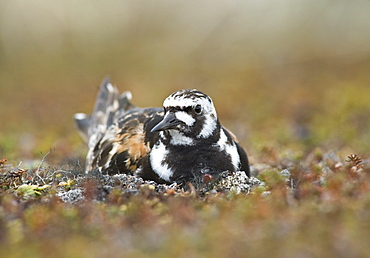
2008; A nesting Ruddy Turnstone (Arenaria interpres) in breeding plumage. Tymna Lagoon, Chukotskiy Peninsular, Russia, Asia

Spectacled Bears often make a resting 'nest' in a tree, here one can be seen doing just that, breaking branches off and lowering them down to make a resting area in the tree. Ecuador
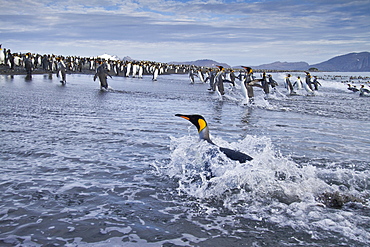
King penguins (Aptenodytes patagonicus) on the beach at breeding and nesting colony at Salisbury Plains in the Bay of Isles, South Georgia, Southern Ocean.
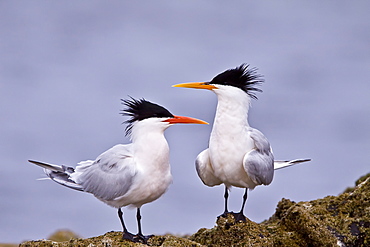
Elegant terns (Sterna elegans) nesting on Isla Rasa in the middle Gulf of California (Sea of Cortez), Mexico
